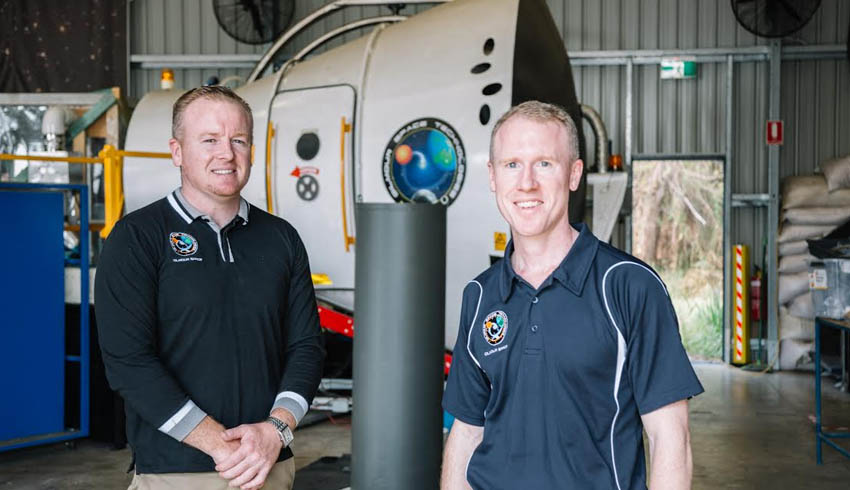Where the US has a vibrant start-up culture and emerging launch companies can compete for government contracts and rising Chinese space companies can readily find the cash they need, Australian companies receive little other than some modest state and federal grants.
Then there’s the issue of government regulation. The new Australian Space Agency has sought to streamline the approvals process but that remains unproven and launch companies still face state and local government regulation, including for environmental approval.
These and other topics were discussed at the Australian Space Forum in Adelaide last week, with calls for higher government support like that available to space firms in other countries.
One emerging Australian firm is Gold Coast-based Gilmour Space Technologies, which is developing rockets with aim of a domestic small satellite launch capability.
Chief executive Adam Gilmour said he couldn’t compete for launch contracts from government agencies in countries such as the US, which required use of US launch services, and Australia should adopt a similar policy to help the emerging launch companies.
“We can’t compete for US government launches because, in America, they have to use an American launcher to launch a US government payload. We don’t have that here, so that would really help,” he said in a panel discussion.
Then there’s the matter of government support to create launch infrastructure for the new spaceports. In the US, the federal and state governments have invested in launch sites.
Equatorial Launch Australia (ELA) is creating a new launch complex in Arnhem Land in the Northern Territory. Company chief executive Carley Scott said ELA had encountered issues involving the required environmental approval.
“We needed to apply ourselves and our practice and align it to what the mining industry does. Not only is that a very heavy process, it also isn’t fit for purpose,” she said.
ELA gained environmental approval last year. Among the many issues it had to address was whether returning rocket components could harm protected wildlife such as dugongs. That was regarded as possible but of very low risk.
Another emerging firm is Southern Launch, which is developing a spaceport on South Australia’s Eyre Peninsula. Chief executive Lloyd Damp cited the speed of the regulatory process.
“It’s not really for us so much the content of the approval process. It’s about the timeliness so that Australia as a whole can do safe launch from our lands as well as reap the financial benefits that we as all Australians would like to see,” he said.
The space company executive suggested one means to build the national space industry and launch capability could be through a big project such as a mission to place small satellites in orbit around the moon.
Blake Nikolic, chief executive of Black Sky Aerospace, said ambitious projects were what inspired us.
“Finding a mission within a short period of time, a couple of years, could be a fantastic program to run that could see many of the existing companies and future start-ups getting involved. It’s almost like our own mini moon-to-Mars Artemis program,” he said.
“We in Australia have launched two satellites to date. New Zealand has launched 42 satellites over the last couple of years. It’s time for us to jump on board.”

